Step 2: water well to help this layer break down.
And the seeds we planted were coriander seeds! Coriander is an excellent winter crop because they seem to cope fine with frost, and the cold weather slows down its growth so it doesn't just rush off to set seed (bolt) like it does in hot weather. We tend to use coriander as a winter herb and basil in the same bed in summer. Now that it's May it's getting a bit cold to sow coriander (germination will be very slow) but you can still plant broad beans, peas and snowpeas, and Mesclun salad mix during May and June.

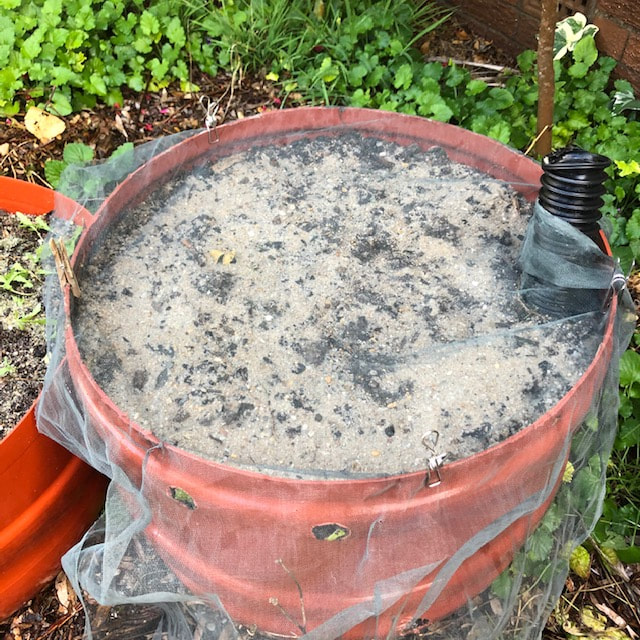
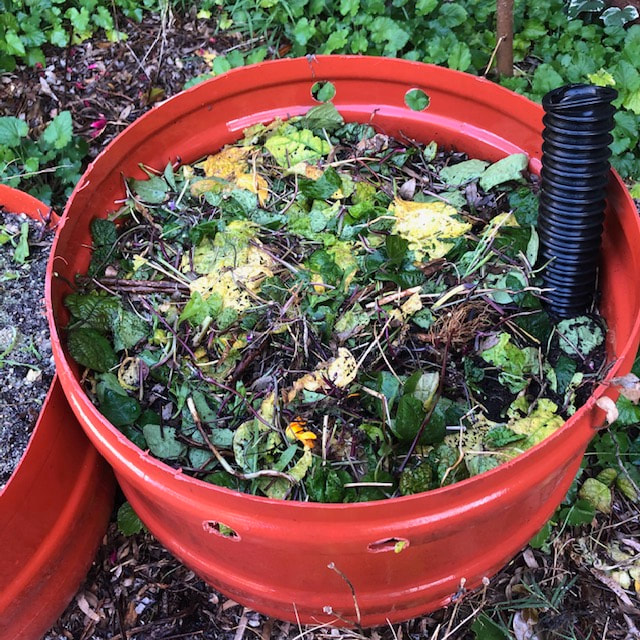
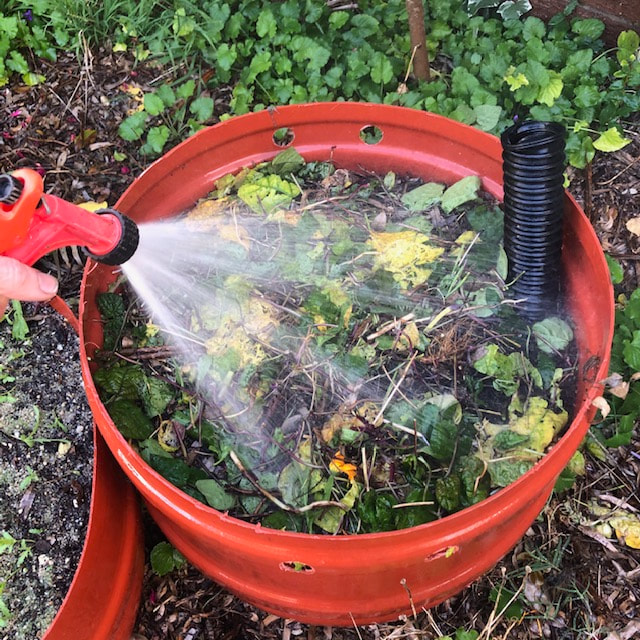
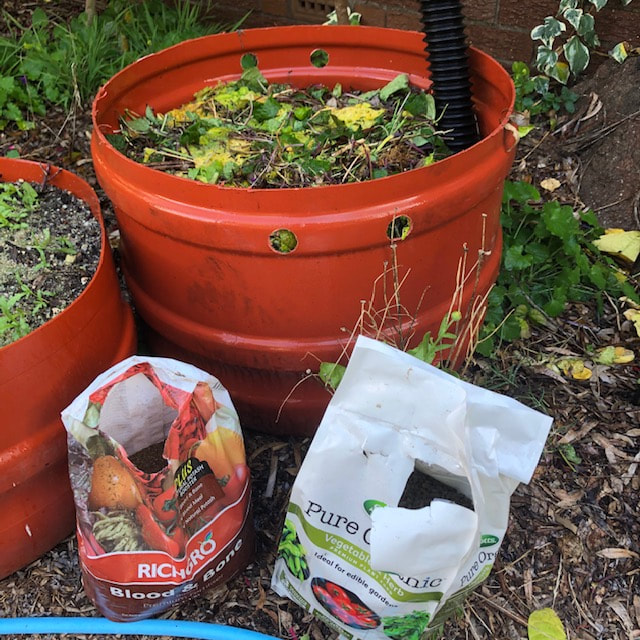
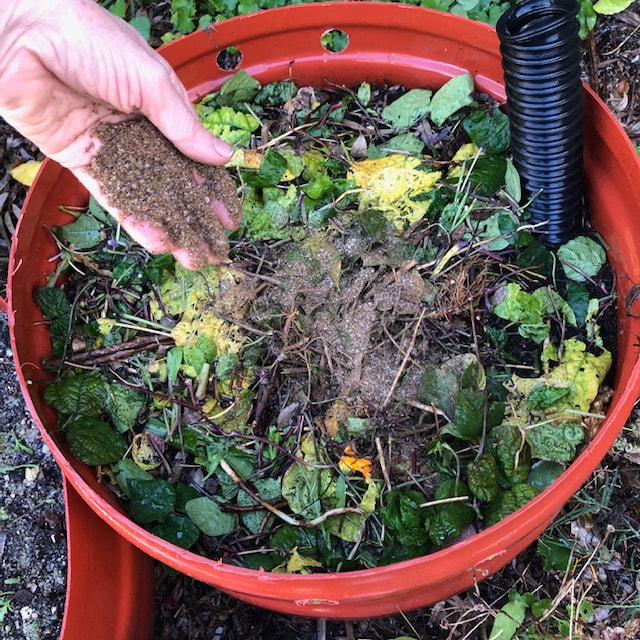
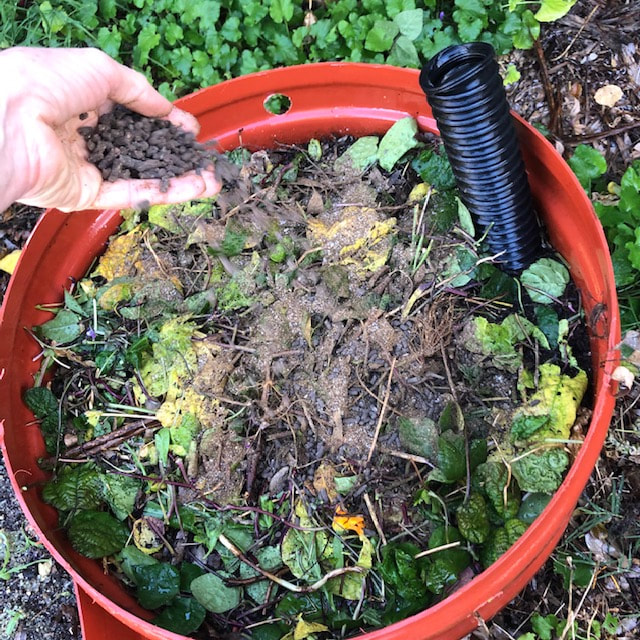
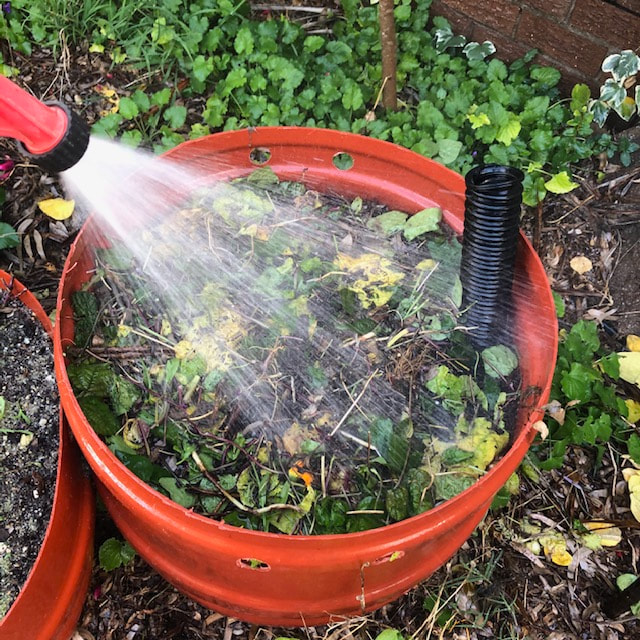

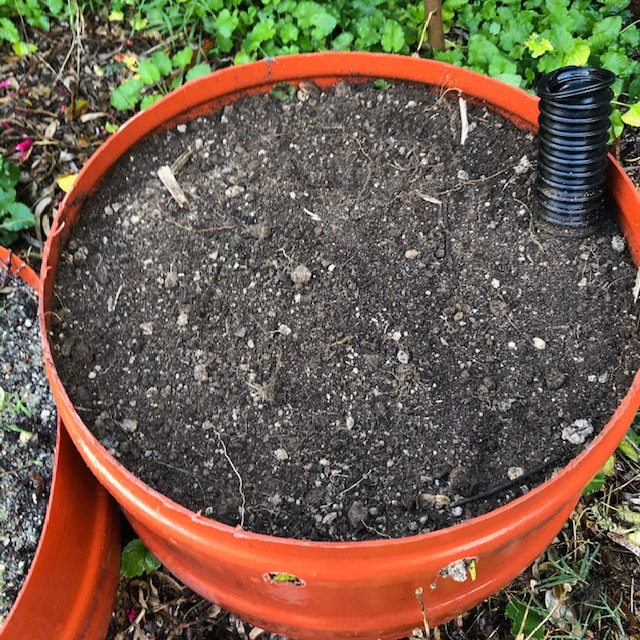
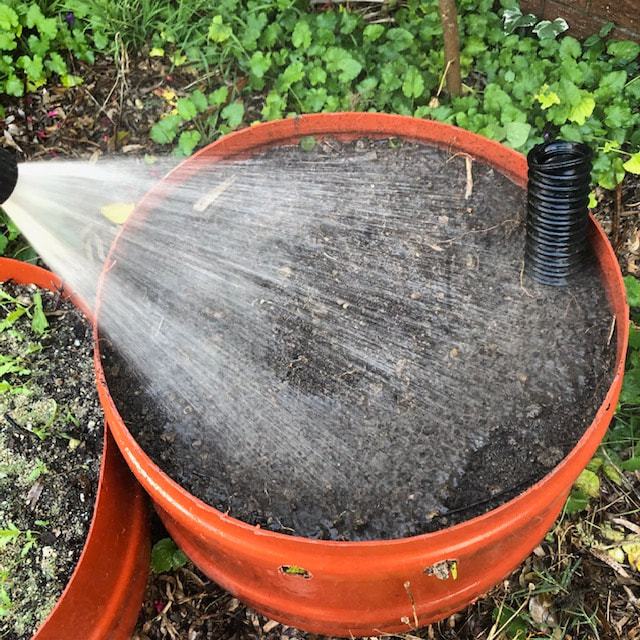
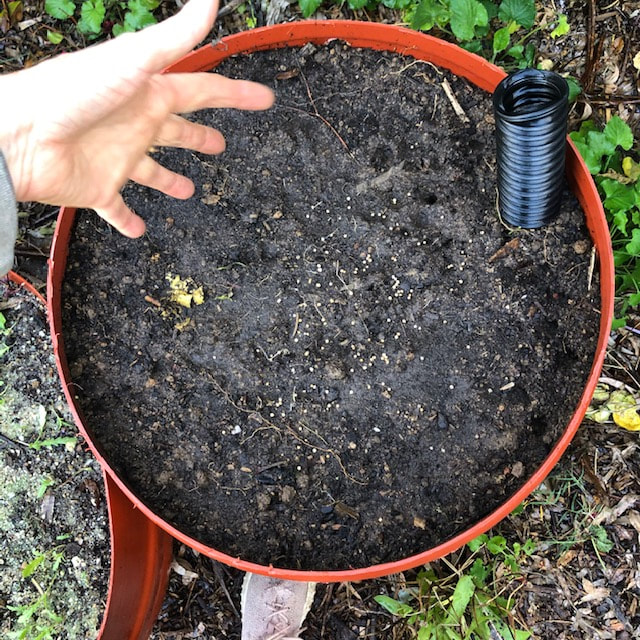
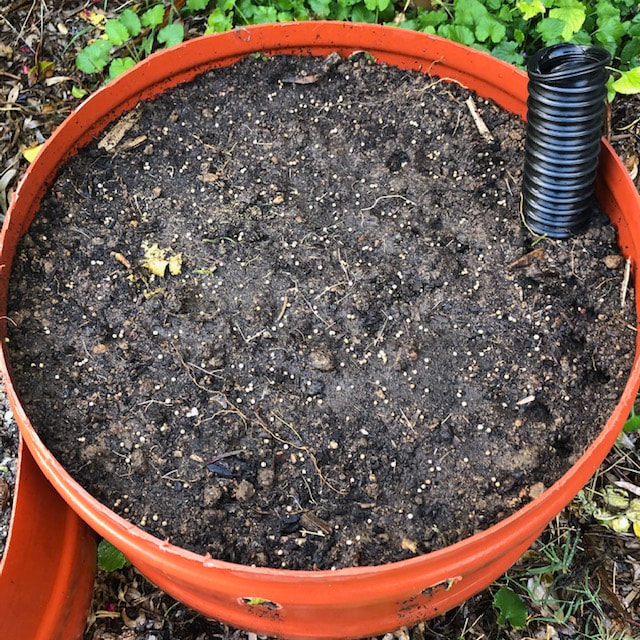
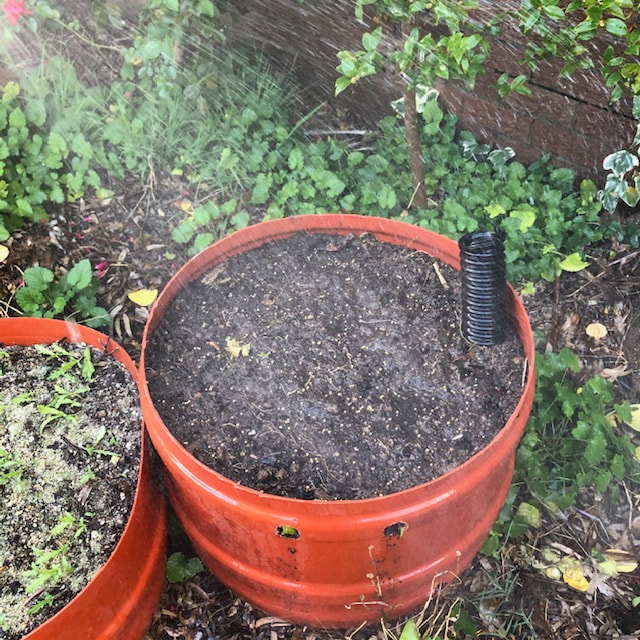
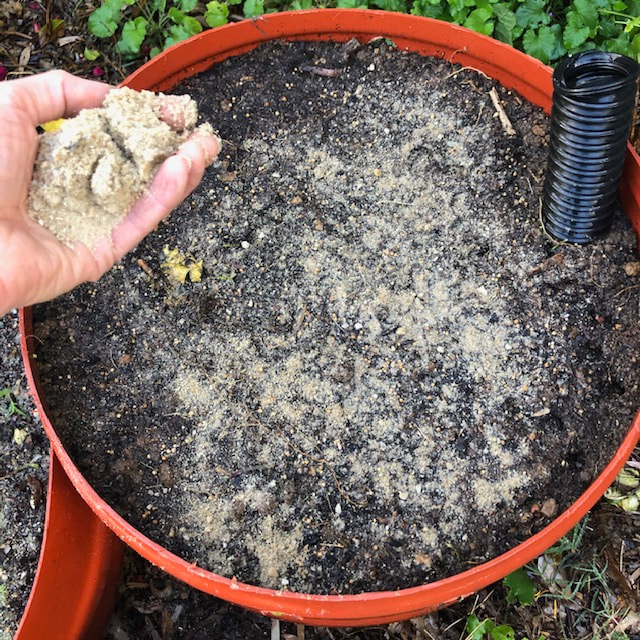
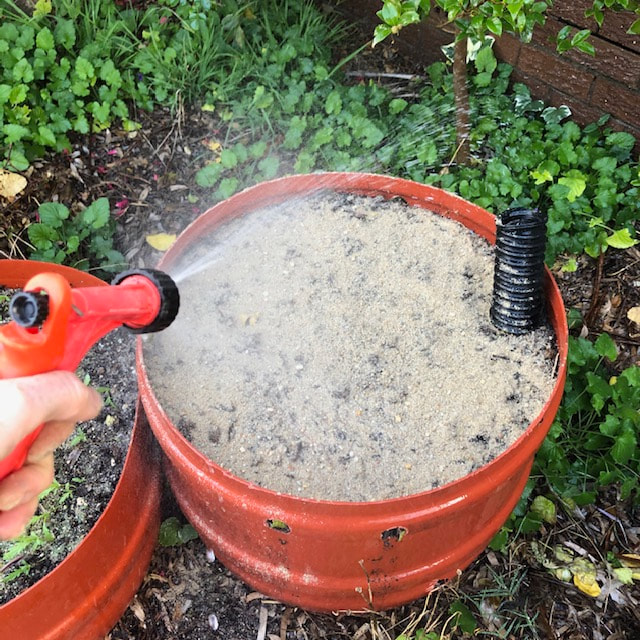
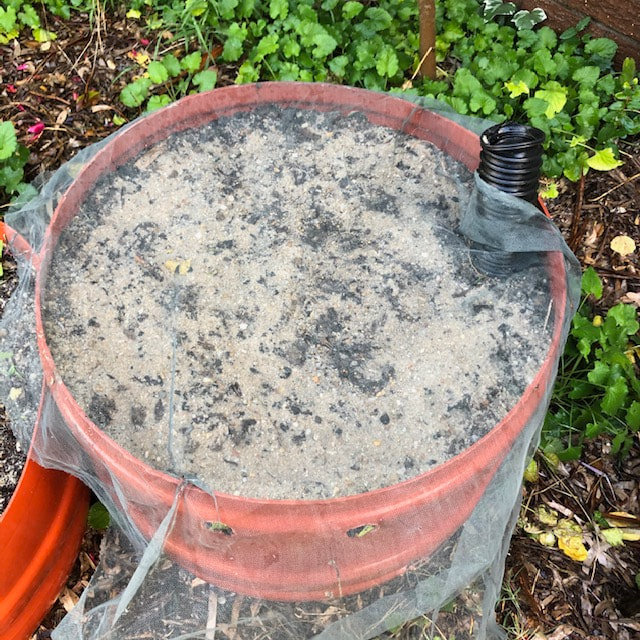
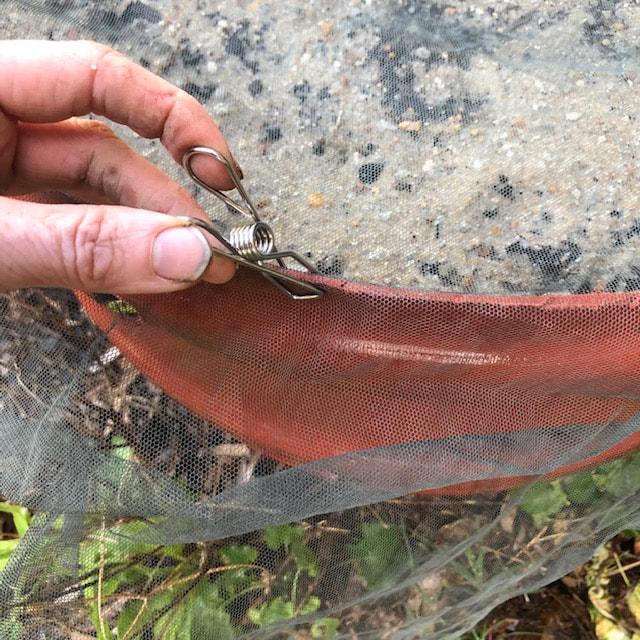
 RSS Feed
RSS Feed